Dusting and Vacuuming: Keeping the Home Allergen-Free
Effective Cleaning Strategies for a Healthier Indoor Environment
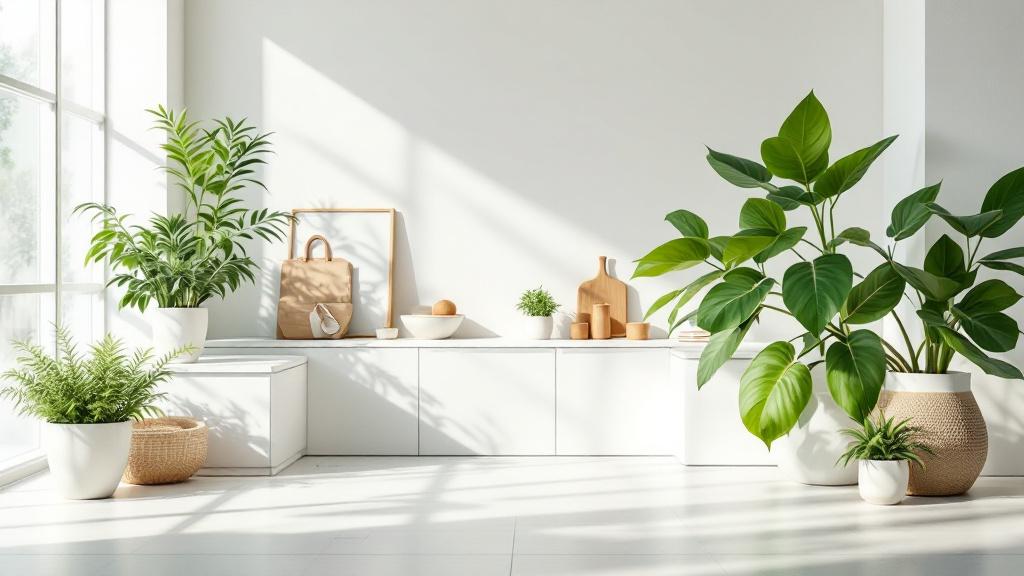
Creating an Allergen-Reduced Home Through Smart Cleaning Practices
Maintaining an allergen-free home is essential for people with allergies and asthma. Regular dusting and vacuuming, combined with strategic home maintenance, can significantly reduce indoor allergens like dust mites, pet dander, pollen, and mold spores. This article explores best practices, innovative tools, and eco-friendly approaches to keep your living space clean and healthy.
Implementing Routine Dusting and Vacuuming
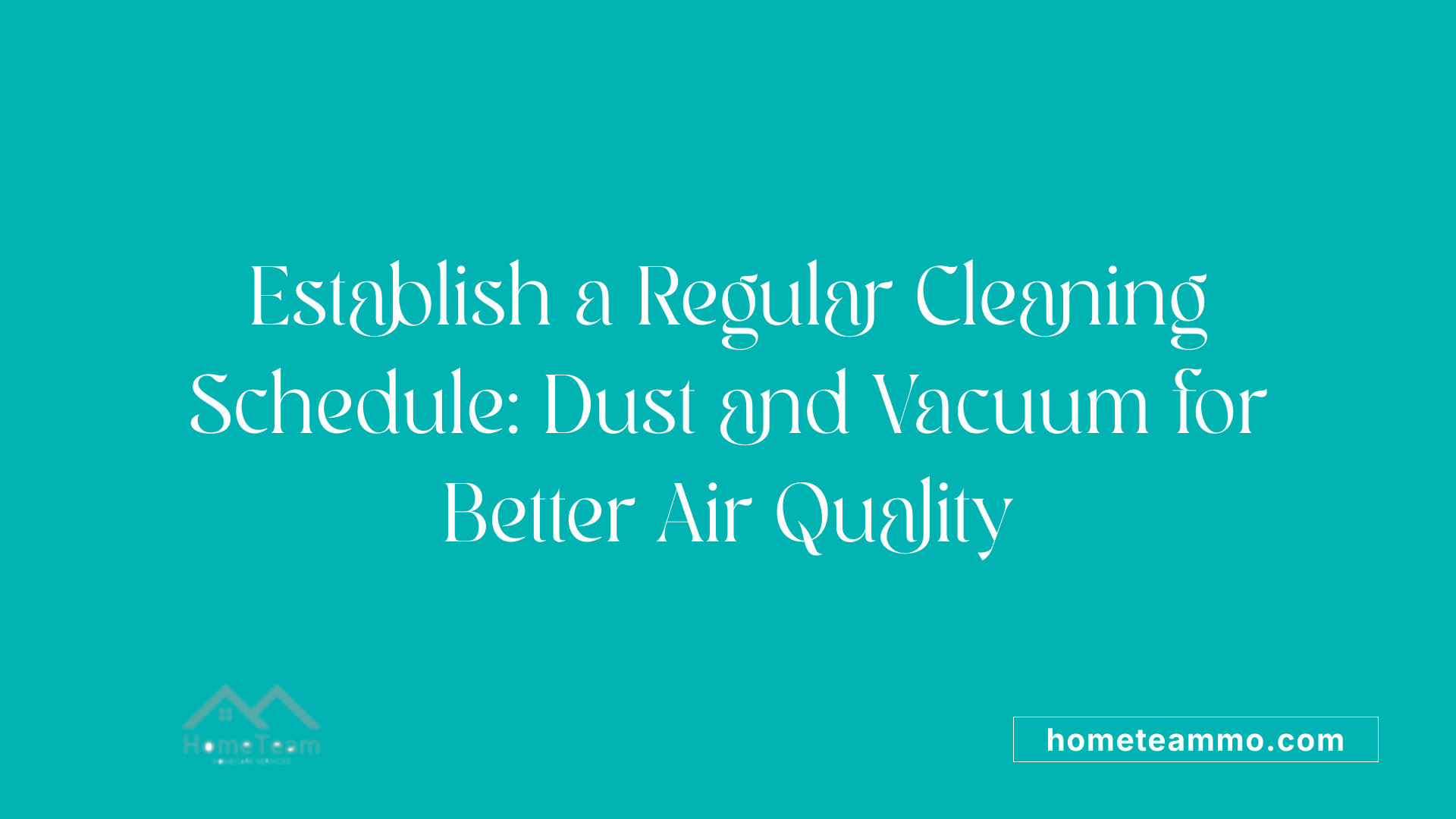
How does dusting and vacuuming help reduce allergens?
Regular cleaning practices are essential for controlling allergens like dust mites, pollen, mold spores, and pet dander. Dusting with a damp microfiber cloth prevents dust particles from becoming airborne, helping trap allergens on surfaces instead of dispersing them into the air. Vacuuming at least twice weekly with a HEPA-filter vacuum cleaner is highly effective because HEPA filters capture 99.97% of particles as small as 0.3 microns, including tiny dust mites and pollen.
Using damp cloths for dusting to trap dust particles
Damp or treated cloths are preferred for dusting because they remove dust from surfaces rather than just spreading it around. This method reduces airborne dust, contributing to better air quality indoors.
Vacuuming at least twice a week with HEPA filters
Vacuum cleaning removes settled allergens from carpets, rugs, and upholstered furniture. Using a vacuum with a HEPA filter ensures that tiny particles are trapped and not blown back into the environment, which can happen with lower-quality vacuums. Vacuuming high-traffic areas more frequently, especially if pets are present, further lessens allergen levels.
Choosing asthma & allergy friendly® vacuum cleaners
When selecting a vacuum, prioritize models certified as asthma & allergy friendly®. These vacuums operate with sealed systems that prevent allergens from escaping and are equipped with HEPA filters capable of capturing nearly all microscopic particles. Regular maintenance, such as emptying the dustbin and cleaning filters, sustains performance.
| Action Item | Frequency | Benefits | Additional Details |
|---|---|---|---|
| Dust surfaces with damp cloth | Weekly | Removes settled dust, minimizes airborne particles | Use microfiber or electrostatic cloths for best results |
| Vacuum with HEPA filter | At least twice a week | Captures 99.97% of tiny allergens | Especially important in homes with pets |
| Replace or clean vacuum filters | Monthly | Maintains optimal performance | Regular filter maintenance is essential |
| Declutter home spaces | Periodically | Reduces places where dust can gather | Keep furniture minimal and organized |
How does proper cleaning routine prevent allergen buildup?
A consistent cleaning schedule prevents dust and allergens from settling and multiplying. Combining daily surface dusting, weekly vacuuming with HEPA filters, and washing bedding in hot water helps keep allergen levels low, reducing allergy symptoms and improving indoor air quality.
Final tips for optimal allergen control
Maintaining indoor humidity levels between 30-50% inhibits mold growth and dust mite proliferation. Proper ventilation, especially in bathrooms and kitchens, removes excess moisture. Regularly washing bedding, including sheets, pillowcases, and stuffed toys, in water heated to at least 130°F ensures dust mites are killed. Additionally, reducing clutter minimizes dust accumulation, making cleaning efforts more effective.
Upgrading Cleaning Tools for Better Allergen Control
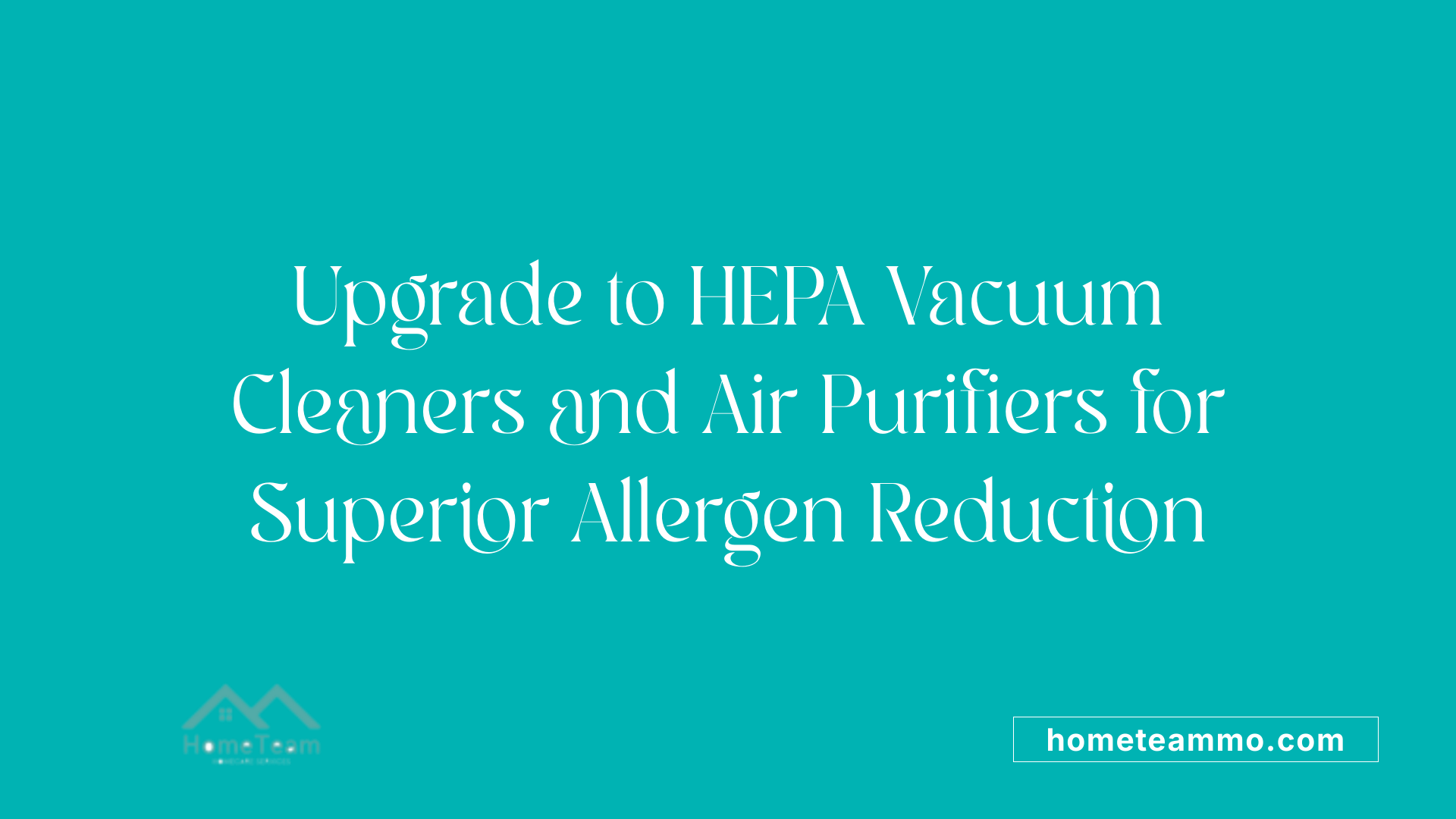 Choosing the right cleaning equipment is essential in managing indoor allergens effectively. Vacuum cleaners with HEPA filters are a top choice because they trap 99.97% of tiny particles, including dust mites, pollen, pet dander, and mold spores. When vacuuming, especially in homes with pets or carpets, using a HEPA-filtered vacuum provides a significant reduction in airborne allergens.
Choosing the right cleaning equipment is essential in managing indoor allergens effectively. Vacuum cleaners with HEPA filters are a top choice because they trap 99.97% of tiny particles, including dust mites, pollen, pet dander, and mold spores. When vacuuming, especially in homes with pets or carpets, using a HEPA-filtered vacuum provides a significant reduction in airborne allergens.
In addition to vacuuming, incorporating HEPA air purifiers into the home environment can further improve air quality. These purifiers are equipped with HEPA filters that effectively capture airborne allergens, which helps reduce pollen, dust, and other irritants circulating in your indoor air.
For optimal results, ensure that your vacuum cleaner has a sealed system. This means that the machine prevents allergens from escaping back into your living space during cleaning. A sealed system with a HEPA filter guarantees that the majority of allergens are trapped inside the vacuum, reducing recontamination.
Using HEPA filters in your HVAC systems and air purifiers enhances overall air quality. Regularly replacing or cleaning these filters maintains their effectiveness.
Regular use of HEPA-filtered vacuum cleaners combined with air purifiers helps control allergens systematically. This combination is highly recommended for individuals with allergies or asthma, providing a cleaner, healthier indoor environment.
It’s also beneficial to schedule professional cleaning services periodically. Experts can thoroughly clean areas that are hard to reach, such as air ducts, carpets, and upholstery. They help eliminate hidden sources of allergens and improve the performance of your home’s ventilation system.
In summary, upgrading to HEPA-filter vacuum cleaners and air purifiers, ensuring sealed systems, and considering professional cleaning can make a notable difference in allergen reduction and indoor air health.
Home Maintenance Techniques to Minimize Allergen Growth
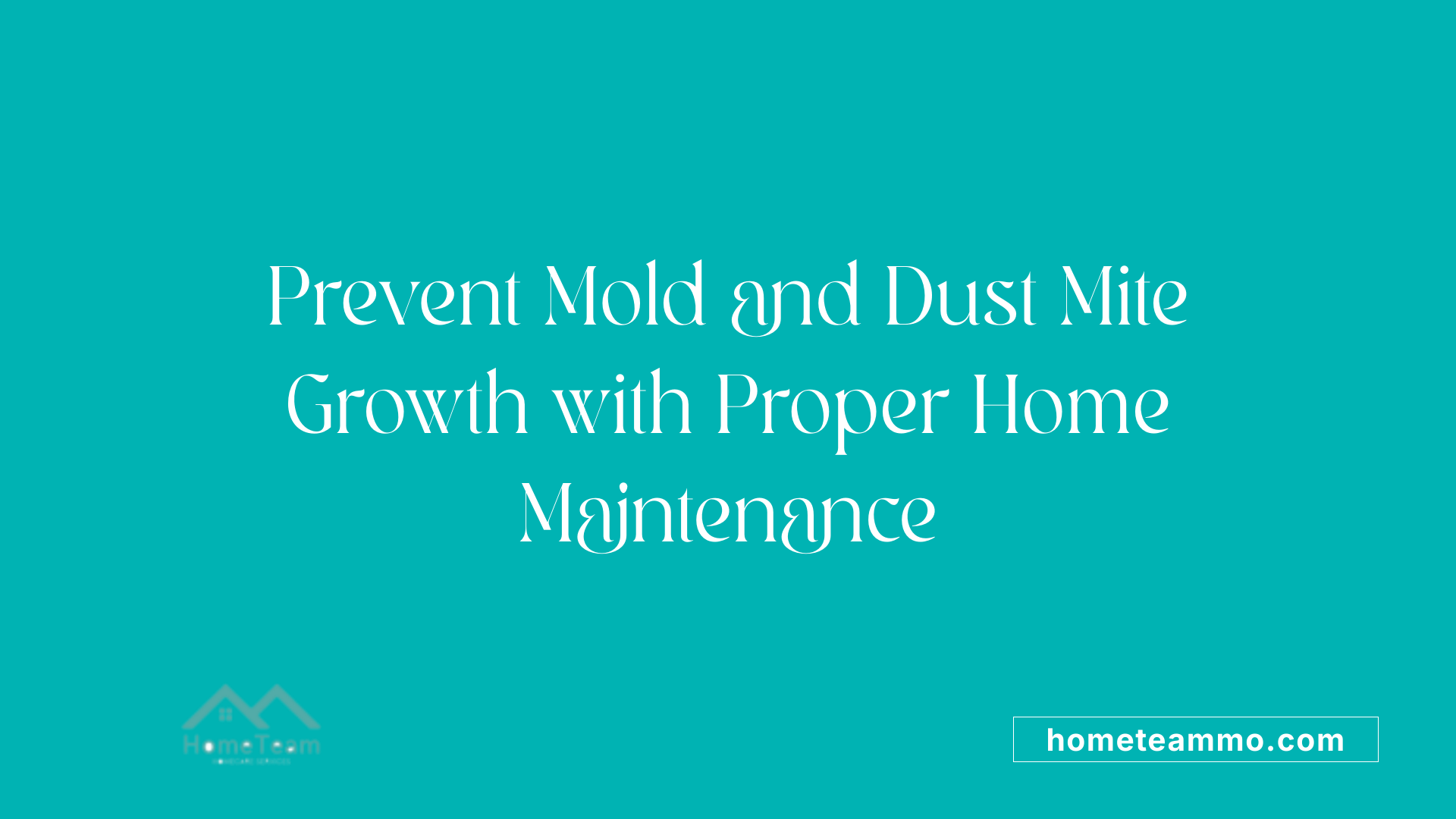 Controlling indoor humidity with dehumidifiers, repairing leaks promptly, and maintaining good ventilation are essential steps to prevent mold and dust mite growth.
Controlling indoor humidity with dehumidifiers, repairing leaks promptly, and maintaining good ventilation are essential steps to prevent mold and dust mite growth.
Dust mites and pet dander are common indoor allergens that can trigger symptoms such as sneezing, congestion, cough, and wheezing. Dust mites thrive in humid environments above 50%, feeding on dead skin cells, and are linked to asthma exacerbations. Pet dander, on the other hand, often causes allergic reactions and can worsen respiratory issues.
To manage these allergens, keep indoor humidity between 30-50% using dehumidifiers and air conditioning. This dry environment discourages mold growth and limits dust mite proliferation. Regularly grooming and bathing pets reduces the amount of dander they shed. Additionally, washing pet bedding and soft toys weekly in hot water helps remove allergens.
Limiting pets' access to bedrooms and soft furnishings, along with using allergen-proof covers on pillows, mattresses, and box springs, further minimizes exposure. Removing carpets and replacing them with washable rugs or hard flooring like wood or tile makes cleaning easier, reducing dust accumulation.
Implementing these practices along with routine dusting using damp cloths and decluttering surfaces helps decrease settled allergens. Combining cleaning routines with proper home maintenance significantly improves indoor air quality and reduces allergy symptoms.
| Technique | Description | Benefit |
|---|---|---|
| Humidity Control | Use dehumidifiers and air conditioning to keep humidity between 30-50% | Limits mold and dust mite growth |
| Leak Repair | Fix leaks promptly to prevent damp areas | Prevents mold colonization |
| Pet Grooming | Regularly bathe and groom pets | Reduces pet dander in the home |
| Cleaning & Decluttering | Routine dusting, vacuuming with HEPA filters, and removing clutter | Reduces allergen build-up in surfaces |
| Hard Flooring vs. Carpet | Use washable or hard floors instead of carpets | Easier to clean and less dust trap |
Maintaining consistent home upkeep practices, particularly in controlling humidity, fixing leaks, and grooming pets, creates a healthier indoor environment. These measures help minimize allergen sources and support allergy prevention efforts.
Environmental Control Methods and Lifestyle Tips
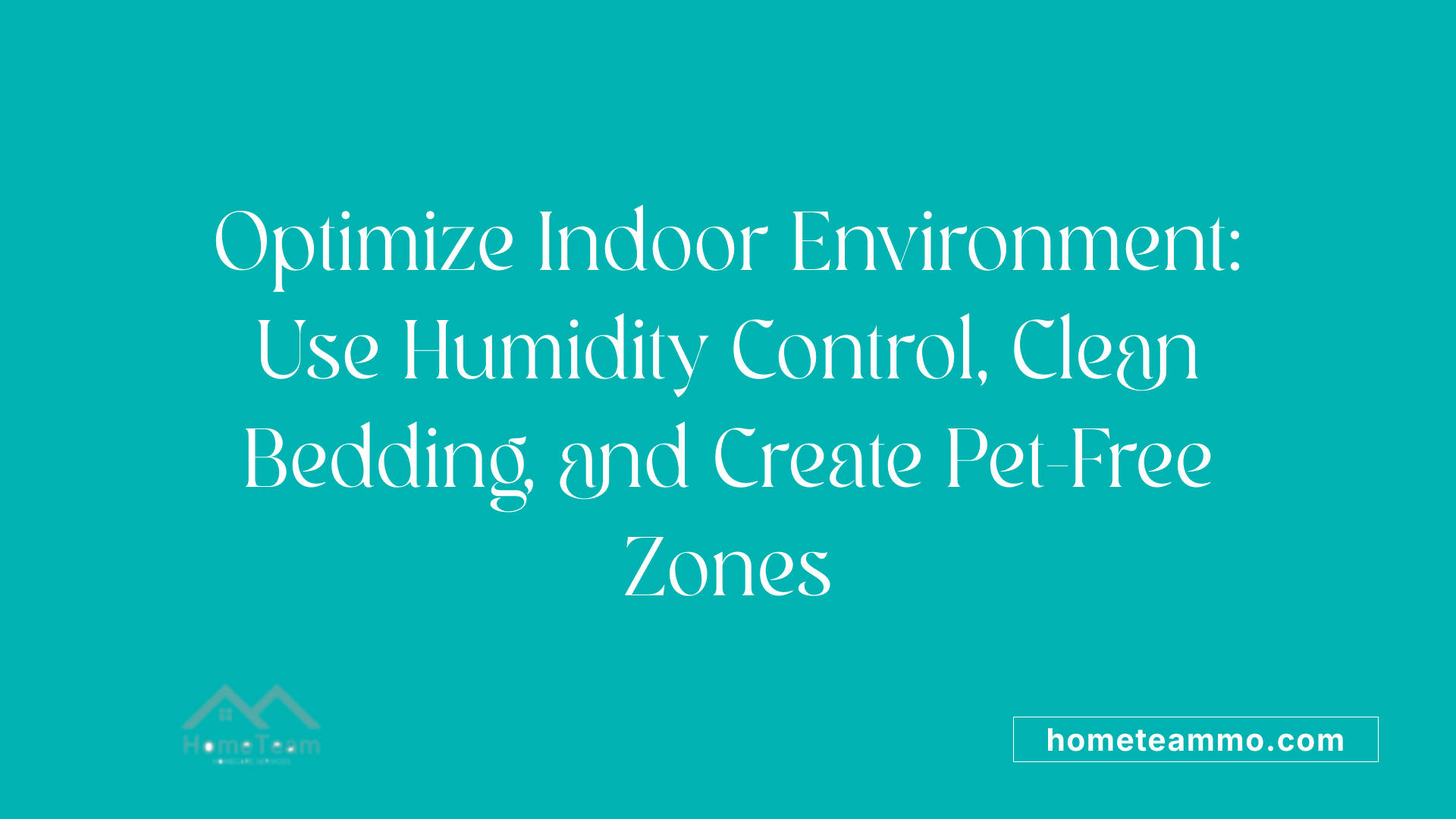
What interventions can help reduce allergens in the home environment?
Reducing allergens indoors requires a combination of cleaning routines, environmental modifications, and lifestyle adjustments. Utilizing HEPA air purifiers and vacuum cleaners captures airborne allergens such as pollen, pet dander, and mold spores, directly improving air quality. Maintaining indoor humidity levels between 30-50% helps prevent mold growth and dust mite proliferation. Regularly washing bedding, pillows, and stuffed toys in water at 130°F or hotter kills dust mites and reduces allergen buildup, lessening exposure.
Creating pet-free zones, especially bedrooms, minimizes pet dander in sleeping areas. Sealing cracks and gaps in windows and doors prevents outdoor allergens like pollen from entering the home. Controlling moisture by fixing leaks and using exhaust fans in kitchens and bathrooms further inhibits mold growth and dampness-associated allergens. These combined practices form a comprehensive approach to managing allergens indoors.
How do air purifiers and vacuum cleaners with HEPA filters improve indoor air quality and help manage allergies?
HEPA filters are highly effective in capturing tiny particles such as pollen, pet dander, and mold spores. Air purifiers equipped with HEPA filters continuously clean the air, trapping allergens and preventing them from circulating around the home. Similarly, vacuum cleaners with HEPA filters and sealed systems prevent re-release of allergens during cleaning. Regular vacuuming, at least twice a week, especially if pets are present, effectively reduces allergen accumulation on carpets and upholstery.
Both devices significantly improve indoor air quality, making indoor environments safer for allergy sufferers. They help reduce allergy symptoms like sneezing, wheezing, and nasal congestion, promoting healthier breathing. Using these tools consistently, along with other strategies like regular washing and maintaining low indoor humidity, maximizes allergen control and creates a more comfortable living space.
Adopting Eco-Friendly Cleaning Practices
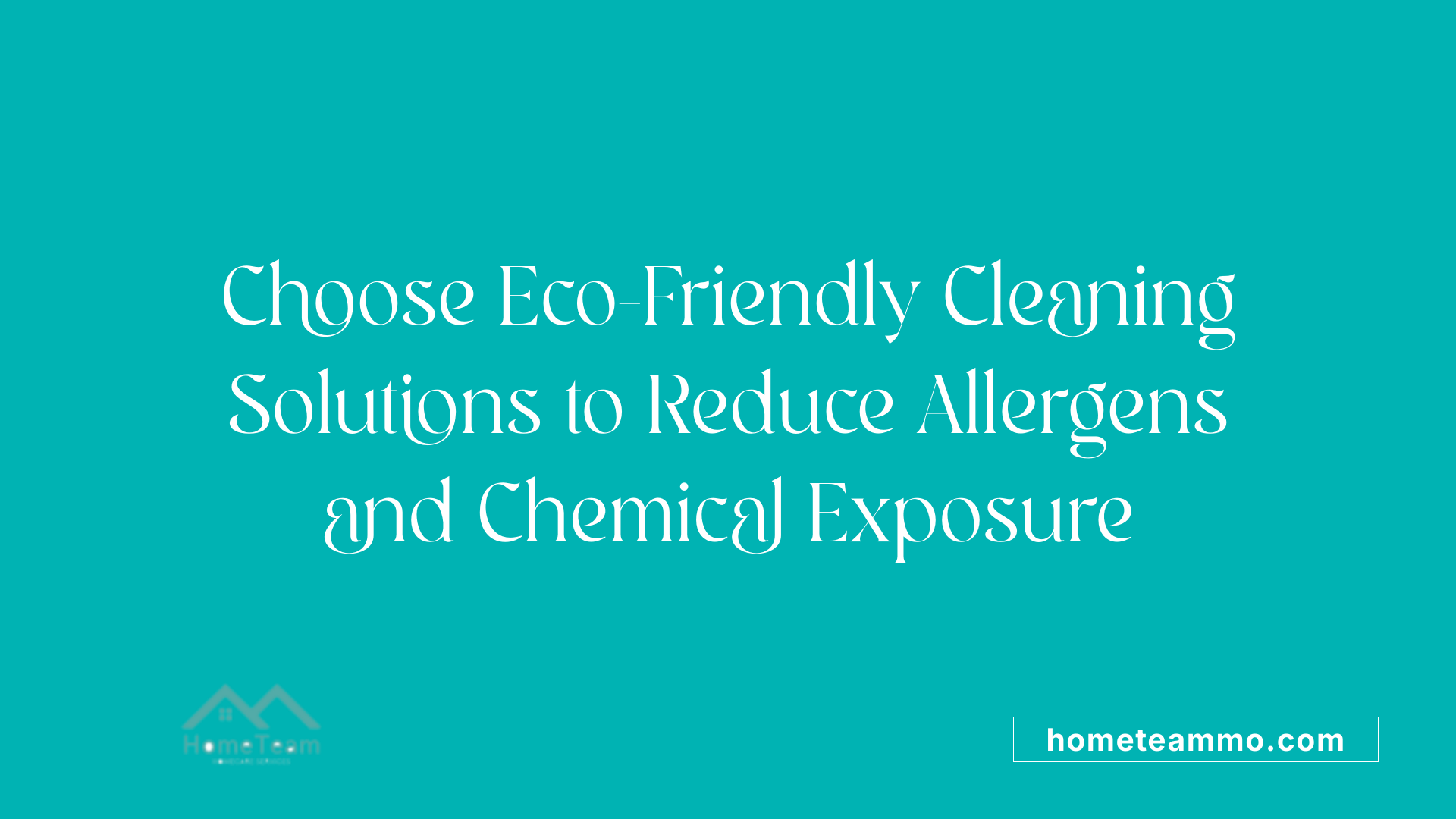 Using natural cleaning solutions like vinegar, baking soda, and lemon juice offers a gentle yet effective way to combat allergens indoors. These substances can neutralize dust mites, pet dander, and mold spores without introducing harsh chemicals into your home environment.
Using natural cleaning solutions like vinegar, baking soda, and lemon juice offers a gentle yet effective way to combat allergens indoors. These substances can neutralize dust mites, pet dander, and mold spores without introducing harsh chemicals into your home environment.
Selecting hypoallergenic and eco-certified cleaning products further reduces chemical irritants that may exacerbate allergy symptoms. Look for items that are free from artificial fragrances, dyes, and harmful preservatives, ensuring your cleaning routine supports both allergy relief and environmental health.
Implementing green cleaning routines not only minimizes exposure to chemical irritants but also promotes a sustainable lifestyle. Techniques like damp dusting with microfiber cloths, steam cleaning, and using plant-based cleaners help maintain a cleaner, healthier home.
Are there eco-friendly cleaning products and practices that effectively reduce indoor allergens?
Yes, natural solutions like vinegar, baking soda, and lemon juice are proven to neutralize common indoor allergens effectively. Eco-certified products that avoid fragrances and dyes support allergy management by preventing unnecessary chemical exposure.
What home remedies or over-the-counter options for indoor allergy relief?
Home remedies such as saline nasal rinses and deploying HEPA air filters can alleviate allergy symptoms by reducing airborne particles. Over-the-counter antihistamines like ZYRTEC® are also helpful for quick relief, especially when combined with environmental controls like maintaining optimal humidity levels and regular cleaning.
Adopting these environmentally friendly cleaning practices creates a safer indoor environment, easing allergy symptoms while supporting ecological well-being.
A Cleaner, Safer Home for Allergy Sufferers
By integrating diligent dusting, vacuuming, proper home maintenance, and eco-friendly cleaning practices, homeowners can create a healthier indoor environment. Regular professional cleanings and the use of advanced filtration systems further enhance air quality, reducing allergen levels and alleviating symptoms—paving the way for more comfortable, allergen-free living spaces.
References
- How Can I Control Indoor Allergens and Improve Indoor Air Quality?
- Tips to Creating an Allergen-Free Zone this Summer
- 7 Tips For an Allergy-Free Home
- How to Ensure Allergen-free Living with Hepa Vacuum Cleaners
- Ensuring a Clean, Allergen-Free Home: Your Ultimate Guide
- Spring Cleaning: How to Keep Your Home Allergen-Free - AFC Clean
- Controlling Dust, Dust Mites, and Other Allergens in Your Home
- How to Make Your Home More Allergen-Free - Maid Marines
- August Allergies: Cleaning Tips to Keep Your Home Allergen-Free ...
- Cleaning for Allergies: Tips to Create an Allergen-Free Home ...
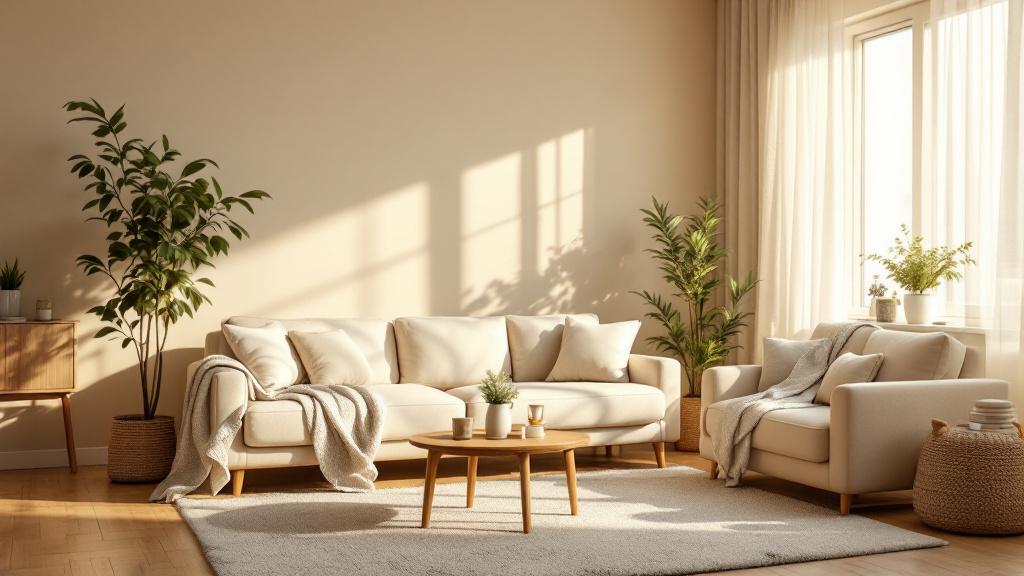
How to Address Common Challenges in Caregiving Relationships

Addressing Caregiver Burnout with Respite Care
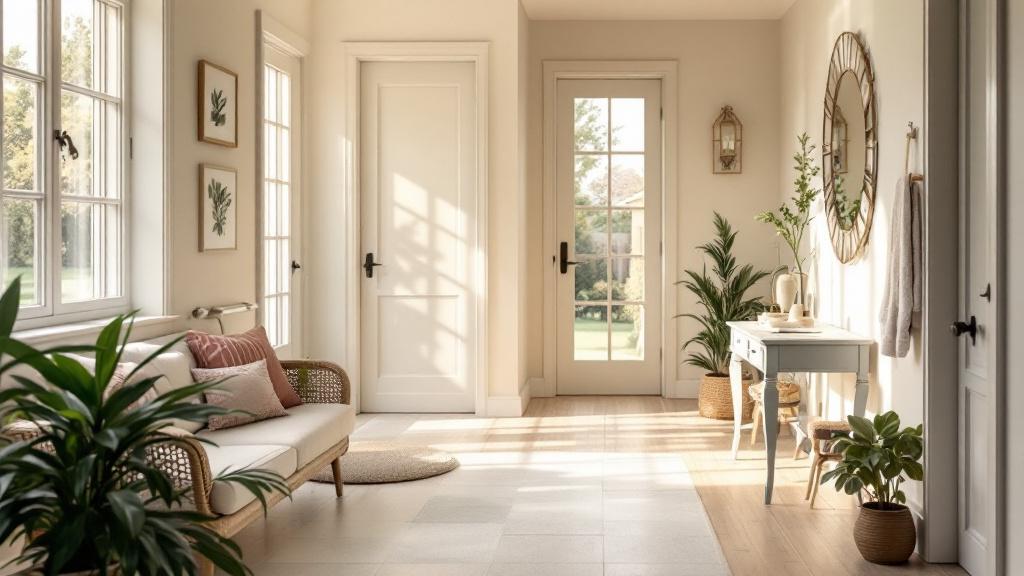
How to Create a Comfortable and Safe Home Environment for Caregiving
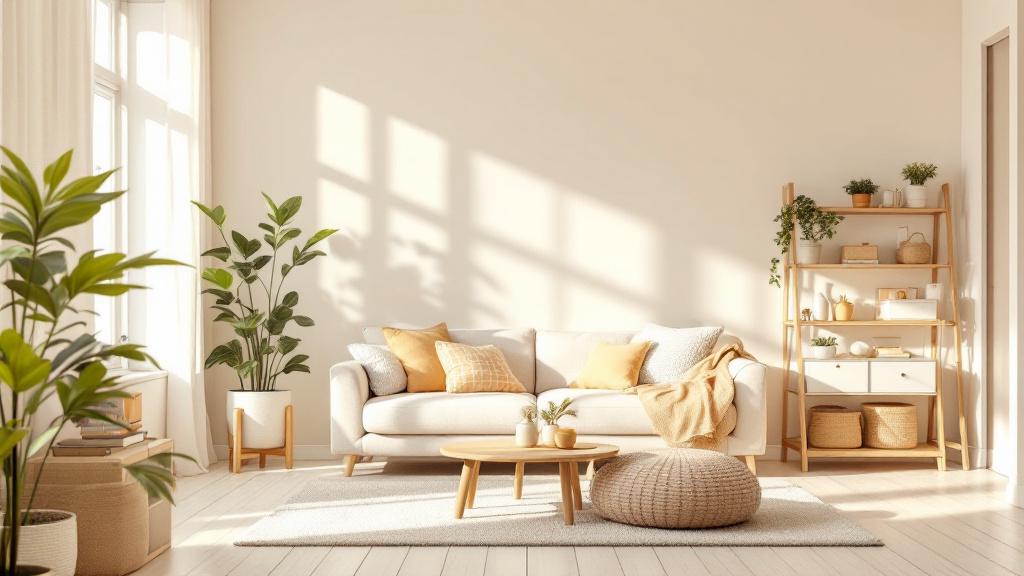
How to Create a Safe Environment for In-Home Care

How Home Team Supports Caregivers with Training and Resources

